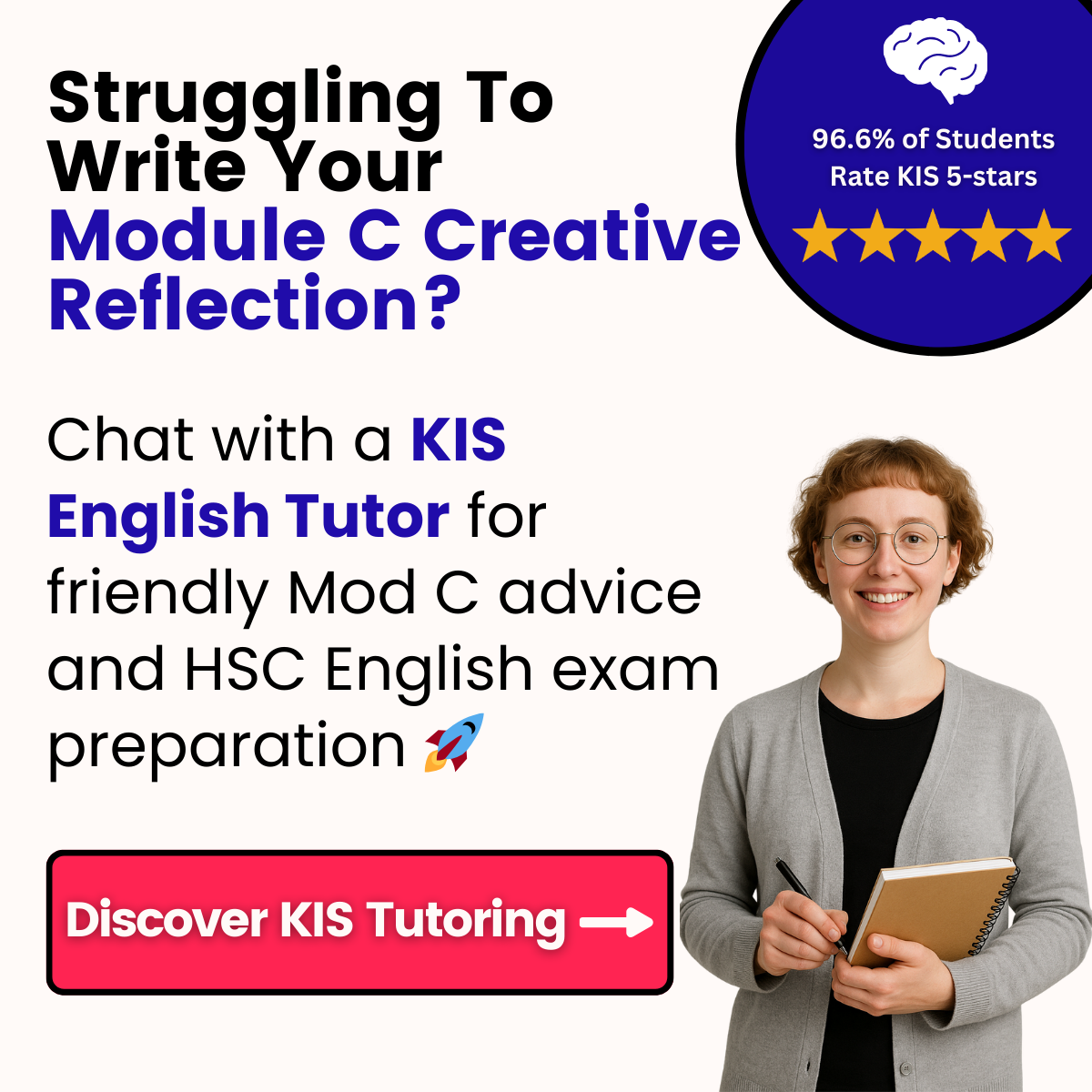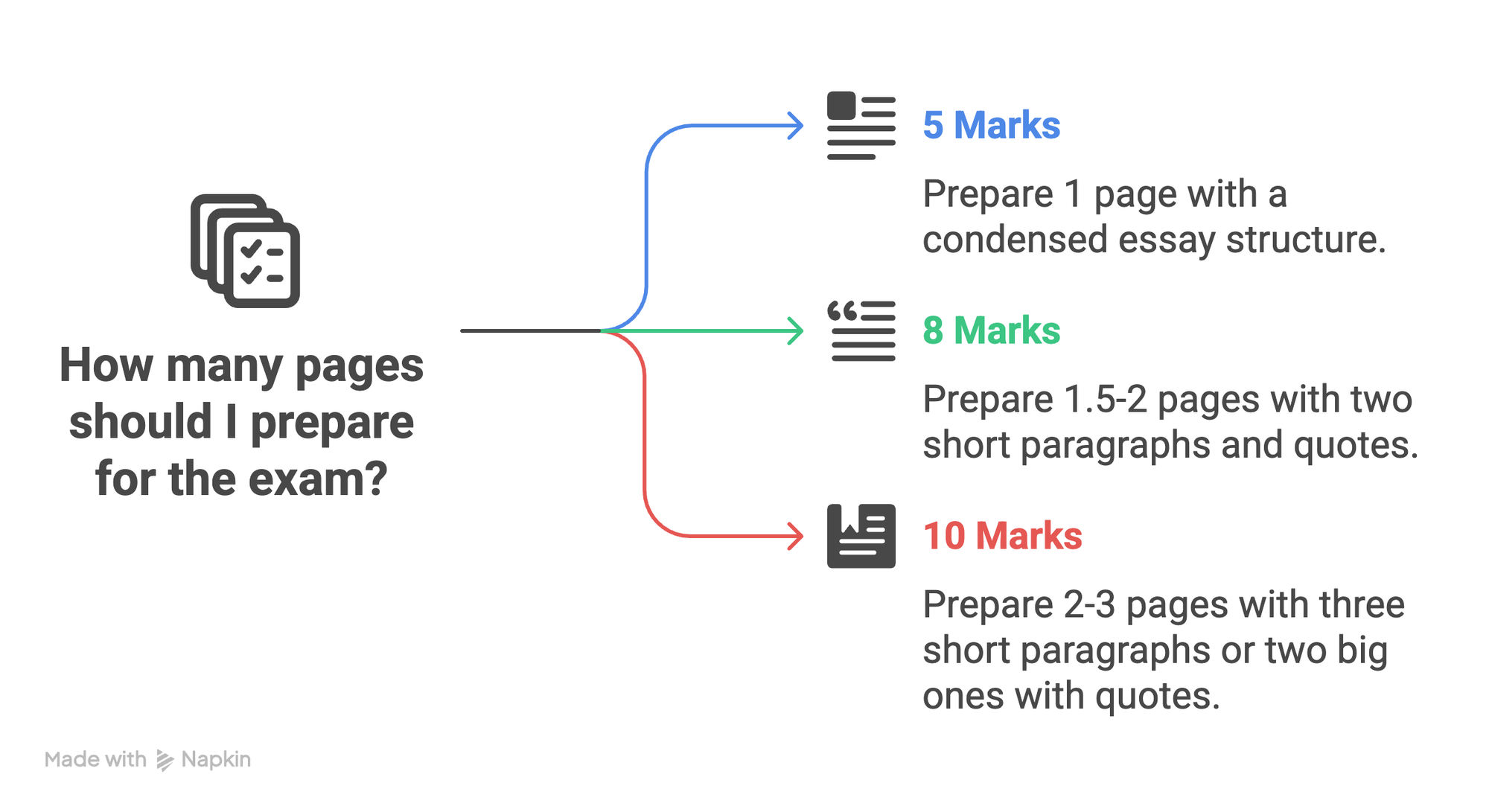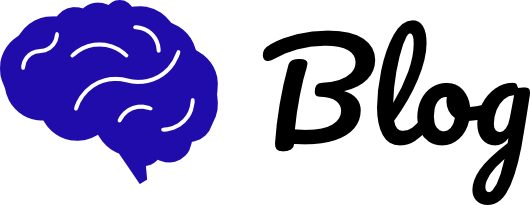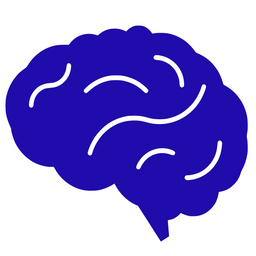KIS Summary:
- Use a 3-part intro covering (1) your piece's aim, (2) prescribed text influence, and (3) your stylistic choices—then 2-3 body paragraphs analysing macro elements like characterisation, setting, and tone.
- Focus on writing a first-person analysis of your stylistic devices, quotes from your own work, and clear connections showing how your techniques communicate your message.
⭐️ Why Parents & Students Love KIS Tutoring
Struggling to write a reflective text for the HSC? This guide breaks down what reflection really means in the HSC context, explains how to craft a band 6 reflection with clear examples, and offers step-by-step tips to help you analyse your own writing effectively.
Table Of Contents:
- What Is HSC English Module C About?
- How To Write A Band 6 Module C English Reflection?
- Conclusion On Writing A Band 6 HSC English Module C Reflection
- FAQs About Writing A Band 6 HSC English Module C Reflection
What Is HSC English Module C About?
NESA doesn’t provide a definition for what reflective text is. However, they do define reflection as:
“The thought process by which students develop an understanding and appreciation of their own learning. This process draws on both cognitive and affective experience.”
This includes the following features:
- Use of first person to express self-assessment
- Use of evaluative language (my metaphor was effective in...)
- Considered use of examples (this means quoting your own work)
- Use of anecdotal references, imagery or metaphor
- Explanation, description or justification of the use of specific language or stylistic devices
- Connections between what students learn about writing and the writing that they craft
- Self-awareness of the learning process
Essentially, the reflection is designed to get you critically thinking about your own writing choices. It also gives you the chance to justify to the marker the stylistic choices you made and point out hidden nuances they might have missed.
How To Write A Band 6 Module C English Reflection?
1. Answer the question
Let us use the 2023 MOD C Question 3. (b) as an example:
Justify how the stylistic choices you have made in part (a) demonstrate the hope that comes with anticipation. In your response, make detailed reference to your writing in part (a).
Like an essay, your reflection should still have a logical structure with a strong 'thesis' like a start and linking sentences that connect back with the question. Since the question did not ask you to reference your text, you can get away with not mentioning it, but you can also talk about it if you want. What is important, however, is that throughout your reflective piece, you are exploring the stylistic choices you have made, and linking them to how to help communicate your ideas of hope and anticipation.
The term stylistic choices is very broad meaning you can almost write about anything! To ground yourself, centralise your writing around these three macro narrative elements.
- Characterisation
- Setting
- Tone
How did you use language (syntax, metaphors, alliteration, dialogue) to create a certain character/setting/tone? And by creating this particular character/setting/tone, how did that influence the message you are attempting to communicate with your reader? With reference to the 2023 HSC reflection question, how did your depiction of character/setting/tone demonstrate the hope that comes with anticipation?
This isn't the only right approach and there are a million other things you can talk about but it is a good way to start thinking if you are feeling lost.
2. Introduction
Reflections should still have the same intro, body, and conclusion structure as essays. It's a good idea to have a template in mind going into exams so you can focus on the actual analysis in your body paragraphs.
Your introduction must consist of three things which I like to split up into three sentences that talk about:
- The aim and purpose of your piece
- How you were influenced by your prescribed text
- How through this influence, you made stylistic choices to communicate your purpose (In other words, TECHNIQUES!!)
My (insert text type) (insert title) aims to (insert key message of your piece). I was influenced by (introduce prescribed text and author) whose (what did the author do that influenced you?) to explore (insert their key message). Hence, by mirroring their use of (insert the stylistic devices you were influenced by) I employed (insert your main techniques) to (connect back to your purpose).
For example, this would be a good introduction:

3. Body Paragraphs
For exams, you should prepare at least 2 body paragraphs, three if you want to be extra prepared for a heavily weighted reflection question however those are extremely unlikely. The typical expectations to follow per mark distribution are as follows:

I recommend you structure your paragraphs through macro stylistic choices. What I mean by this is to choose two or three big things your text does.
- For example, you can have your first paragraph about setting, then tone and characterisation. Then within that use quotes that display the micro techniques you used to create said setting/tone/characterisation.
- Other ideas could be having your first paragraph about your use of irony throughout the text, then include examples of how you used hyperbole or dialogue to create this irony.
- Then your next paragraph could be about the main motif in your and the metaphor and imagery used to develop this motif.
Basically what you are doing is thinking about what are the macro stylistic devices that run throughout your piece, and how are they developed with micro stylistic devices.
Here is an example of a good body paragraph:
Basically, you are analysing your own writing here, just like how you analyse normally, except in first person and with a tone of reflection (very important)!!!
4. Conclusion
Your conclusion doesn't need to be too much. For a band 6 response, you should have been continually drawing conclusions and insights throughout your body paragraphs already. This means, you only need one or two sentences at the end to sum everything up.
You want to address the four key points from your introduction;
- Restate your aim/purpose
- Influence from prescribed text
- Main stylistic choices
- Connect back to the question
Ultimately, by drawing upon the [stylistic device 1] and [stylistic device2] used in [prescribed text], I have effectively conveyed [your key message].
Here is an example of a good conclusion:
Conclusion On Writing A Band 6 HSC English Module C Reflection
These are just templates and recommendations; modify them to fit your style of writing and find what works for you. It is, after all, your reflective piece. For more writing tips, check out this article by KIS Academics! 👇

FAQs About Writing A Band 6 HSC English Module C Reflection
1. What is a reflective text in the HSC?
A reflective text in the HSC involves thinking critically about your own writing choices, using first-person language to evaluate how your stylistic decisions communicate ideas and themes. It’s about showing self-awareness of your creative process and justifying your techniques.
2. How do I structure a strong reflection for Module C?
A strong reflection follows an essay structure with an introduction, body paragraphs, and conclusion. Start by stating your purpose and influences, analyse major stylistic choices with examples in the body, and finish with a concise conclusion that links back to the question.
3. Can I reference my prescribed text in my reflection?
Yes, referencing your prescribed text can strengthen your reflection by showing how it influenced your stylistic choices. However, if the question doesn’t require it, you won’t be penalised for omitting it. Focus on explaining your own creative decisions clearly.




